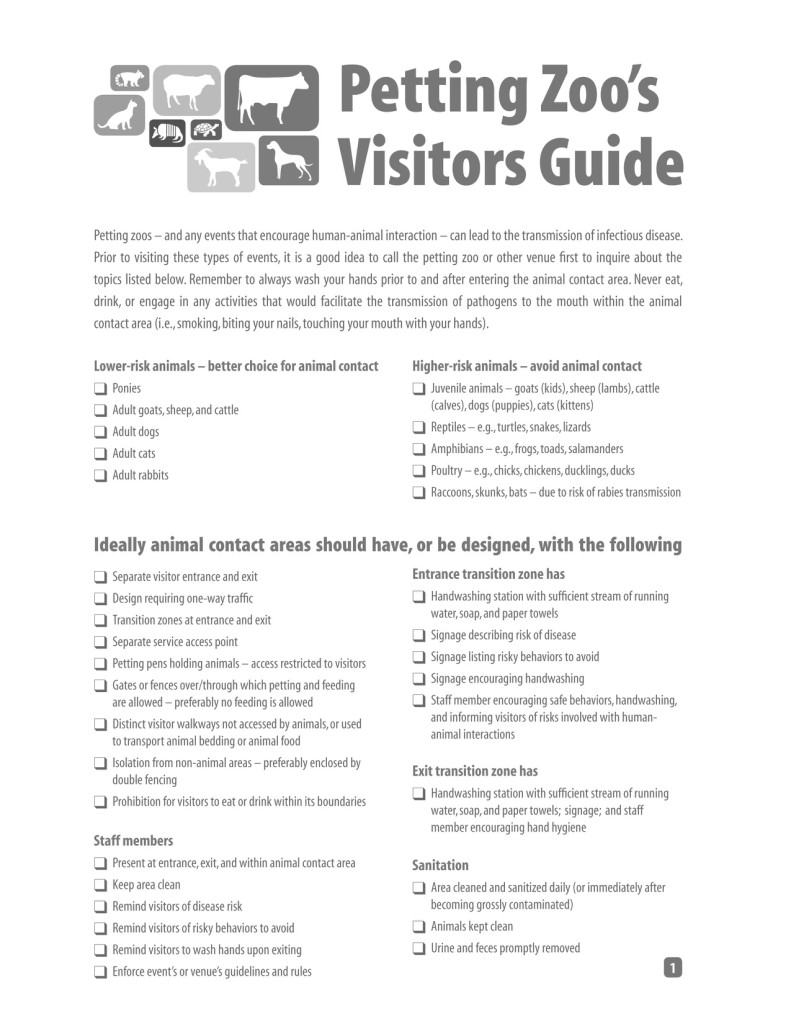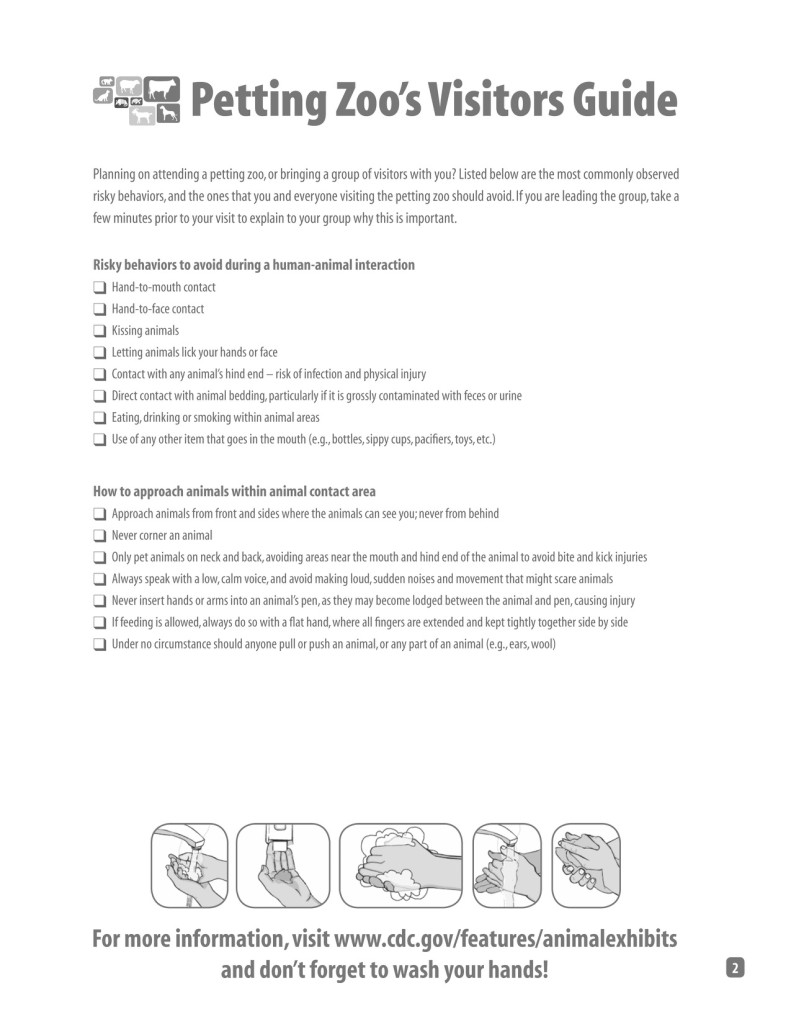Last Friday, U.S. regulatory types announced plans to increase testing of beef trim for E. coli O157:H7 and to strengthen safety protocols for fresh fruits and vegetables. The former got lots of attention, especially with a new Salmonella outbreak that has sickened dozens and is linked to ground beef; the latter, not so much.
.jpg) Fresh fruits and vegetables are one of, if not the most, significant sources of foodborne illness today in the U.S. – and it’s been that way for over a decade. As consumers increase per capita consumption of fresh vegetables, methods of handling, processing, packaging and distributing produce locally and internationally are receiving more attention in terms of identifying and controlling microbiological, chemical and physical hazards.
Fresh fruits and vegetables are one of, if not the most, significant sources of foodborne illness today in the U.S. – and it’s been that way for over a decade. As consumers increase per capita consumption of fresh vegetables, methods of handling, processing, packaging and distributing produce locally and internationally are receiving more attention in terms of identifying and controlling microbiological, chemical and physical hazards.
That was essentially the prelude for FDA publishing its 1998 Guidance for Industry: Guide to Minimize Microbial Food Safety Hazards for Fresh Fruits and Vegetables. We took those guidelines, as well as others, and created an on-farm food safety program for all 220 growers producing tomatoes and cucumbers under the Ontario Greenhouse Vegetable Growers banner. And set up a credible verification system.
So why did regulators and industry make such a big deal about commodity-specific guidelines for tomatoes, melons and leafy greens that were published in the federal register last Friday – in 2009?
I looked at the 2009 CSGs and the 1998 FDA guidance document – and I can’t see much of a difference in the on-farm stuf. Maybe I’m slow on the uptake; maybe guidelines are meaningless without implementation and verification; maybe growers keep asking for government babysitters so when the next outbreak happens, they can say, but we followed FDA guidelines (good luck with that). One of the notices said the draft guidances were FDA’s first step toward setting enforceable standards for produce safety, so maybe it’s some lawmaking thing.
.jpg) Tom Stenzel, president of the United Fresh Produce Association, said in a statement released July 31,
Tom Stenzel, president of the United Fresh Produce Association, said in a statement released July 31,
“Our industry has worked hard since 2004 to develop commodity-specific guidance documents in each of these areas, and now strongly supports FDA taking these efforts to a new level.”
2004? Why not 1998? And do the new and supposedly improved guidelines mean fewer sick people? No. Not unless an individual grower or groups of growers, or associations, take serious steps to implement and verify, something could have been done in 1998 and does not need government oversight. We did it – how hard can it be?
It’s not, and lots of growers do it on a daily basis. So maybe the talk from Washington was rightly shrugged off as no biggie.
But why did Health and Human Services Secretary Kathleen Sebelius, in making the announcement, choose to highlight the “vital role” consumers play in ensuring the safety of the fresh produce they eat and offer a laundry list of questionable food safety advice that would do little to reduce contamination of tomatoes, leafy greens and melons that happened in the field? Especially with all the caveats featured in the introduction to the tomato commodity-specific guide, included below.
This guidance is intended to assist domestic firms and foreign firms exporting tomatoes to the United States (U.S.) by recommending practices to minimize the microbial food safety hazards of their products throughout the entire tomato supply chain. It identifies some, but not all, of the preventive measures that these firms may take to minimize these food safety hazards. This guidance document is not intended to serve as an action plan for any specific operation but should be viewed as a starting point. We encourage each firm from the farm level through the retail or foodservice level to assess the recommendations in this guidance and tailor its food safety practices to its particular operations by developing its own food safety program based on an assessment of the potential hazards that may be associated with its operations.
.jpg) In addition, effective management of food safety requires that responsibility be clearly established among the many parties involved in the production of fresh produce. There may be many different permutations of ownership and business arrangements during the growing, harvesting packing, processing, and distribution of fresh and fresh-cut tomatoes. For this reason, it is important to identify which responsibilities rest with which parties, and to ensure that these responsibilities are clearly defined. For example, growers commonly contract with third parties to harvest their crops. Also, it is important that growers clearly identify which party is responsible for each applicable provision of this guidance, such as providing adequate toilet and handwashing facilities and worker training. Approaches to addressing responsibilities include delegating them to individuals within the firm and formally addressing them in contractual agreements when third parties are involved. Each party should be aware of its responsibilities to ensure microbial food safety hazards for tomatoes are minimized at each stage of the supply chain.
In addition, effective management of food safety requires that responsibility be clearly established among the many parties involved in the production of fresh produce. There may be many different permutations of ownership and business arrangements during the growing, harvesting packing, processing, and distribution of fresh and fresh-cut tomatoes. For this reason, it is important to identify which responsibilities rest with which parties, and to ensure that these responsibilities are clearly defined. For example, growers commonly contract with third parties to harvest their crops. Also, it is important that growers clearly identify which party is responsible for each applicable provision of this guidance, such as providing adequate toilet and handwashing facilities and worker training. Approaches to addressing responsibilities include delegating them to individuals within the firm and formally addressing them in contractual agreements when third parties are involved. Each party should be aware of its responsibilities to ensure microbial food safety hazards for tomatoes are minimized at each stage of the supply chain.
The commodity specific guidelines are available for leafy greens, tomatoes and melons. Guidance, however, does not mean responsibility. That’s up to industry, and it begins on the farm.
 Our paper on human-animal interactions is about to be published (hard copy this time) in Zoonoses and Public Health, and includes a 2-page checklist for parents, and the teachers who book these events.
Our paper on human-animal interactions is about to be published (hard copy this time) in Zoonoses and Public Health, and includes a 2-page checklist for parents, and the teachers who book these events.



.jpg) can be done to ensure the seeds are safe. I wouldn’t be surprised if the next outbreak is even bigger.”
can be done to ensure the seeds are safe. I wouldn’t be surprised if the next outbreak is even bigger.”.jpg) from cantaloupe consumption since 1984.
from cantaloupe consumption since 1984. .jpg) Colorado were implicated.
Colorado were implicated.(1).jpg) on seeds to multiply by several orders of magnitude during the sprouting period.
on seeds to multiply by several orders of magnitude during the sprouting period. That’s just one of the recommendations in
That’s just one of the recommendations in .jpg) Fresh fruits and vegetables are one of, if not the most, significant sources of foodborne illness today in the U.S. – and it’s been that way for over a decade. As consumers increase per capita consumption of fresh vegetables, methods of handling, processing, packaging and distributing produce locally and internationally are receiving more attention in terms of identifying and controlling microbiological, chemical and physical hazards.
Fresh fruits and vegetables are one of, if not the most, significant sources of foodborne illness today in the U.S. – and it’s been that way for over a decade. As consumers increase per capita consumption of fresh vegetables, methods of handling, processing, packaging and distributing produce locally and internationally are receiving more attention in terms of identifying and controlling microbiological, chemical and physical hazards. .jpg) Tom Stenzel, president of the United Fresh Produce Association, said in a statement released July 31
Tom Stenzel, president of the United Fresh Produce Association, said in a statement released July 31.jpg) In addition, effective management of food safety requires that responsibility be clearly established among the many parties involved in the production of fresh produce. There may be many different permutations of ownership and business arrangements during the growing, harvesting packing, processing, and distribution of fresh and fresh-cut tomatoes. For this reason, it is important to identify which responsibilities rest with which parties, and to ensure that these responsibilities are clearly defined. For example, growers commonly contract with third parties to harvest their crops. Also, it is important that growers clearly identify which party is responsible for each applicable provision of this guidance, such as providing adequate toilet and handwashing facilities and worker training. Approaches to addressing responsibilities include delegating them to individuals within the firm and formally addressing them in contractual agreements when third parties are involved. Each party should be aware of its responsibilities to ensure microbial food safety hazards for tomatoes are minimized at each stage of the supply chain.
In addition, effective management of food safety requires that responsibility be clearly established among the many parties involved in the production of fresh produce. There may be many different permutations of ownership and business arrangements during the growing, harvesting packing, processing, and distribution of fresh and fresh-cut tomatoes. For this reason, it is important to identify which responsibilities rest with which parties, and to ensure that these responsibilities are clearly defined. For example, growers commonly contract with third parties to harvest their crops. Also, it is important that growers clearly identify which party is responsible for each applicable provision of this guidance, such as providing adequate toilet and handwashing facilities and worker training. Approaches to addressing responsibilities include delegating them to individuals within the firm and formally addressing them in contractual agreements when third parties are involved. Each party should be aware of its responsibilities to ensure microbial food safety hazards for tomatoes are minimized at each stage of the supply chain..jpg) Lots of public health types say that. If only there were better communication, everyone would get along.
Lots of public health types say that. If only there were better communication, everyone would get along.